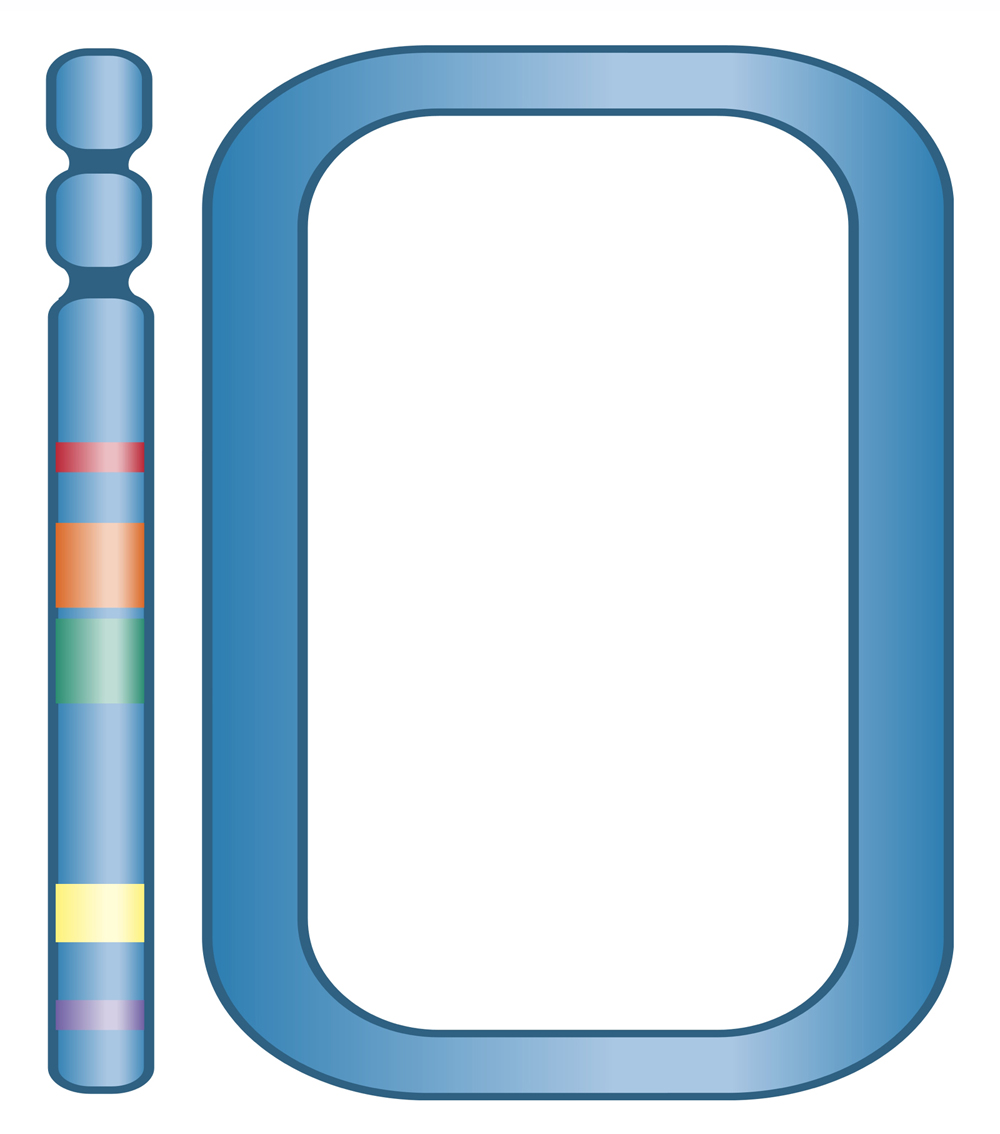Ten years of 22

Ten years ago, humans were given an unprecedented view of their own genetic code when the first human chromosome DNA sequence – 22 – was published by an international team led from the Wellcome Trust Sanger Institute. At around 34 million letters, or bases, of DNA code, it was a remarkable achievement and the longest sequence produced at that time.
It was groundbreaking in another way, providing the first solid evidence that the human genome contained not 100,000 genes as was thought at the time, but far fewer, perhaps less than half as many. Today we think that humans can get by with around 22,000 genes.
Chromosome 22 was the first territory of the human genome to be mapped in detail. The explorers found 679 genes, more than 370 of which were uncharted. This was part of the promise of the Human Genome Project that chromosome 22 was the first to deliver: that the power of exploration of entire genomes would surely add hugely to the store of human understanding of ourselves.
“The value of the chromosome 22 study was founded in several factors. It showed what was possible and the quality that could be achieved, but it also was the proving ground for the infant science of bioinformatics: genome-size research demanded new tools and chromosome 22 was the place they were tested.
“The sequence of chromosome 22 was the gold-standard to develop methods to find genes and to describe them. It seeded the science of the human genome.”
Dr Ian Dunham Senior author on the 1999 paper and now at the European Bioinformatics Institute
The report, published in Nature on Thursday 2 December 1999, was produced by collaboration between nine labs in Europe, North America and Asia. As with all the papers from the Human Genome Project, the data were released before completion, allowing other researchers to mine the emerging sequence for genes important for human disease. The original paper lists six reports produced before the final sequence. Today, other researchers have referred to the chromosome 22 report almost 750 times.
The sequence for chromosome 22 also primed the HapMap Project – the catalogue of human genetic variation that has been used for mapping genetic variants associated with human disease. The high-quality sequence was a pilot for that international effort.
But, as with all genome papers, the work did not stop there: the sequence was improved and the identification of genes on chromosome 22 improved. In part this was to address known challenges in identifying genes – some genes are frequently absent from some people – and to ensure that the sequence contained as few deletions as possible.
The team closed almost all gaps and found additional genes, some of which had been partly annotated previously. It is a remarkable testament to the quality of the original sequence and its annotation that only 16 additional genes could be found.
“A tremendously talented team at the Sanger Centre – as it was then called – and in all of our collaborating groups worked feverishly hard to produce a description of the first human chromosome that would stand the test of time. “This wasn’t a draft, but the first high-quality chromosome from the human genome and we all wanted it to be as good as we could make it.
“I am delighted for them that our research has spurred on so much new discovery.”
Dr Ian Dunham European Bioinformatics Institute
More information
Sequencing Centres
This work was supported by The Wellcome Trust and the Scientific Foundation of Ireland.
Participating Centres
- The Wellcome Trust Sanger Institute, Cambridge, UK
- Department of Molecular Biology, Keio University School of Medicine, Tokyo, Japan
- Department of Chemistry and Biochemistry, The University of Oklahoma, Oklahoma USA
- Genome Sequencing Center, Washington University School of Medicine, St Louis, USA
Collaborators
- Division of Human Genetics and Molecular Biology, The Children’s Hospital of Philadelphia and the Department of Pediatrics, University of Pennsylvania School of Medicine, USA
- Department of Biological Sciences, University of Alberta, Edmonton, Canada
- Department of Molecular Genetics, Albert Einstein College of Medicine, New York, USA
- California Institute of Technology, Division of Biology, Pasadena, USA
- Department of Molecular Medicine, Clinical Genetics Unit, Karolinska Hospital, Stockholm, Sweden


